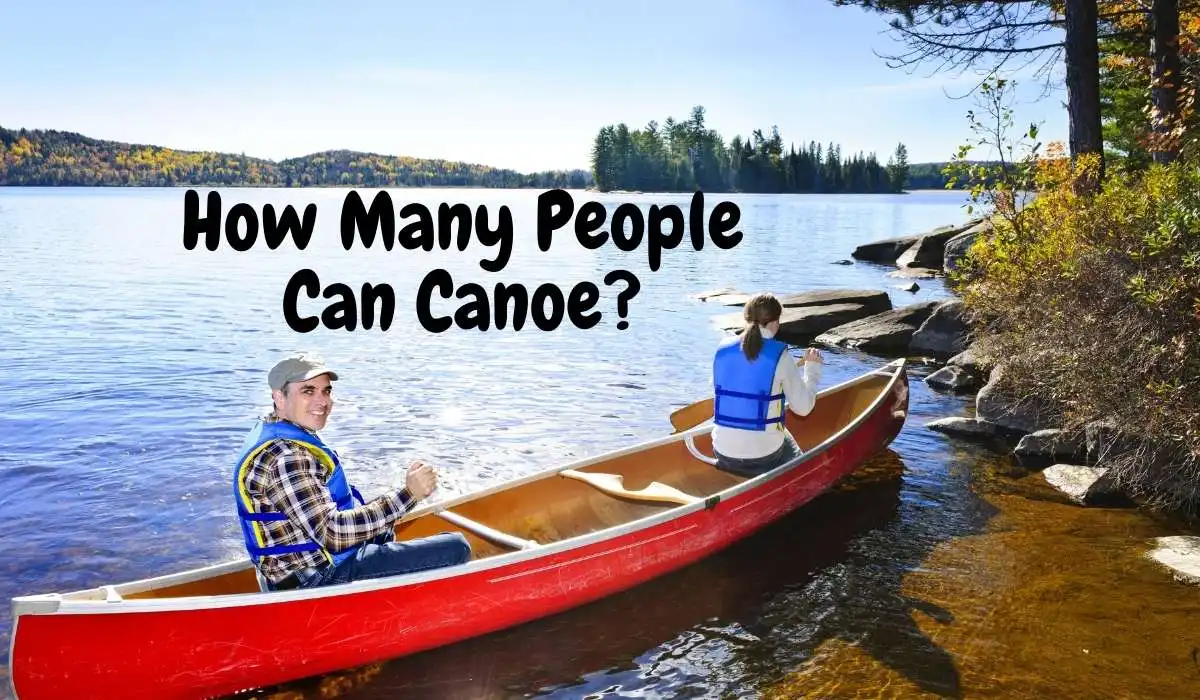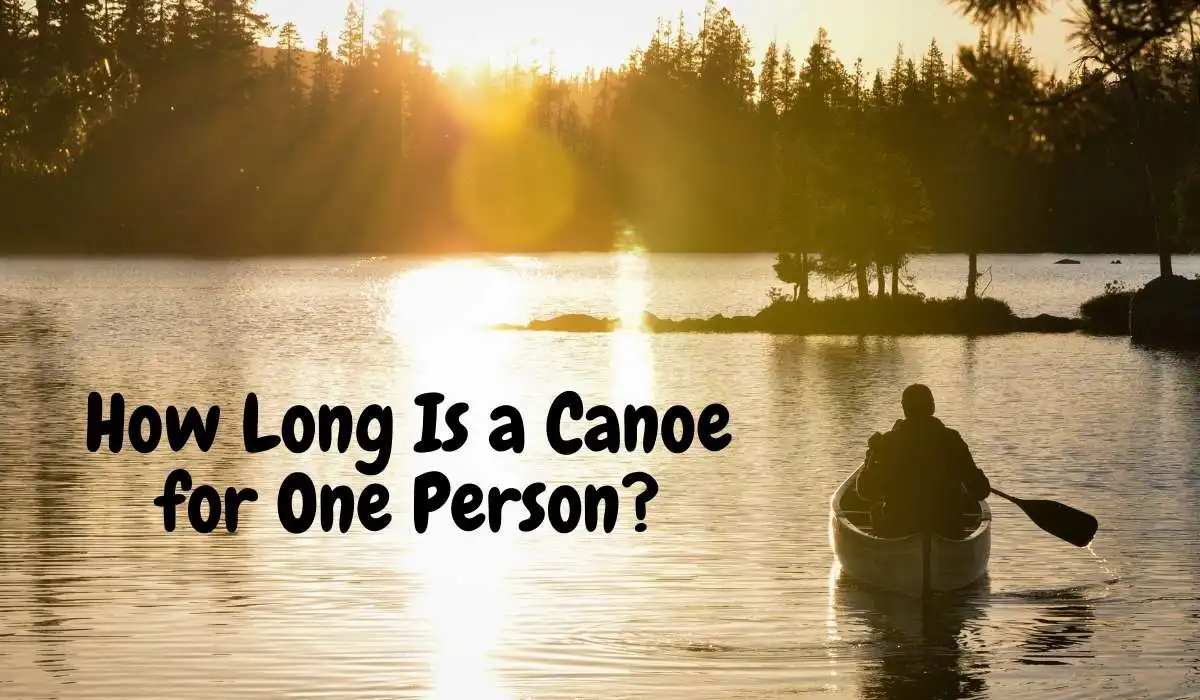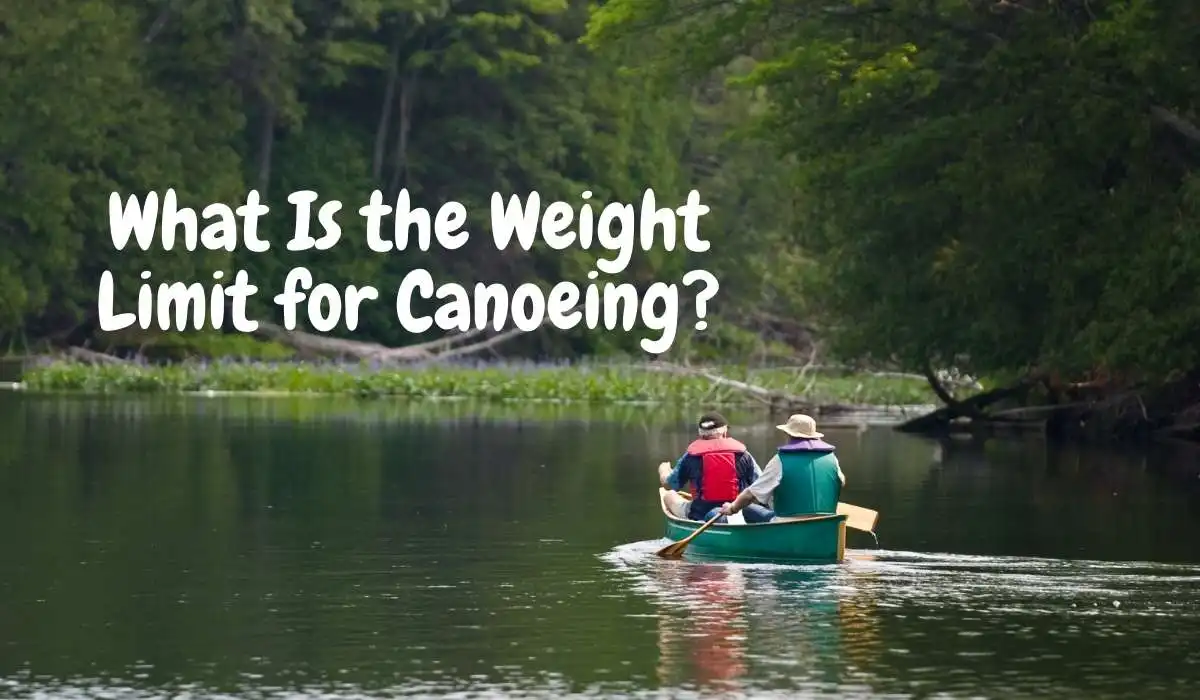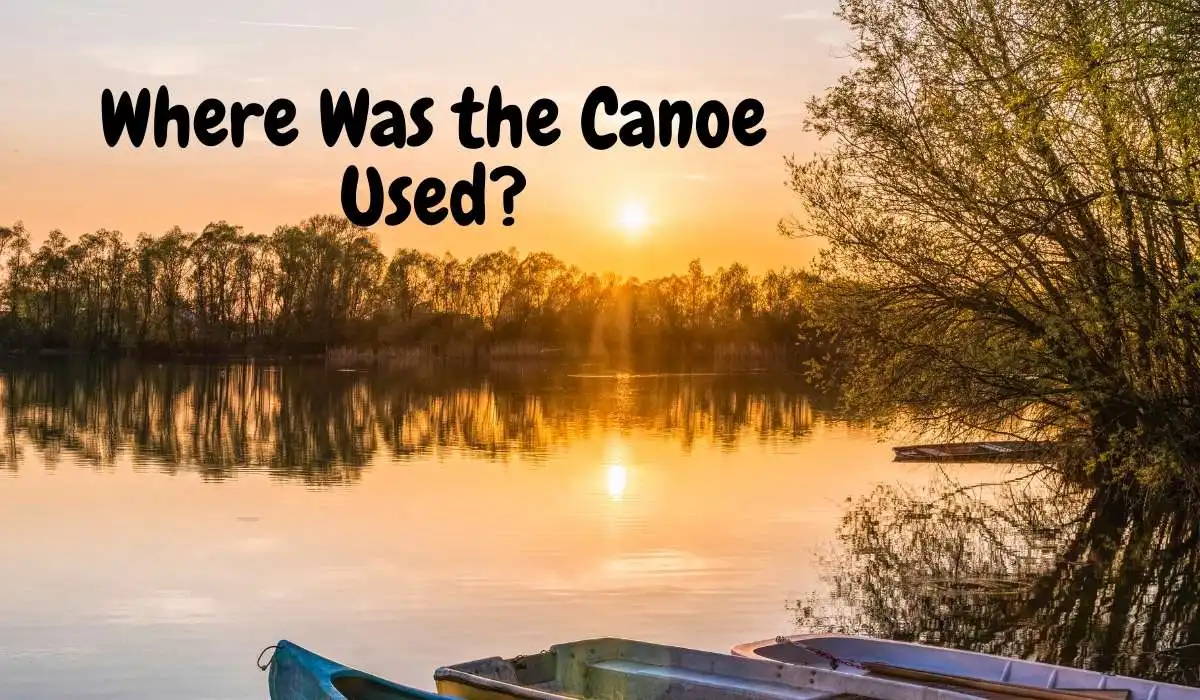Category: Paddle On
-

What Are Canoes Best For?
If you seek tranquility and connection with nature, canoes are perfect for serene escapes. With gentle paddling, they immerse you in peaceful environments, promoting relaxation. Ideal for social bonding and family outings, they offer memorable experiences. Canoes allow fishing in shallow waters due to their stability and maneuverability. Best for hunting expeditions, they provide stealth
-

What Are Canoes Made Of?
Canoes can be made of wood, canvas, aluminum, plastic, fiberglass, and synthetic fiber composites. Each material affects weight, durability, and cost. Wooden canoes offer a traditional feel but need frequent care. Aluminum canoes are tough but can be heavy and noisy. Plastic canoes are affordable but not the lightest option. Royalex canoes are known for
-

Why Are Canoes Designed the Way They Are?
Canoes are designed to improve performance, stability, and maneuverability. Over time, they evolved from rudimentary wooden vessels to modern materials. Different designs cater to specific needs like rough waters or long-distance paddling. Hull shapes, lengths, widths, and materials are carefully chosen for each purpose. Technological advancements, like composites and precise manufacturing, have enhanced their qualities.
-

How Many People Can Canoe?
Wondering how many can fit in a canoe? It depends on the size. Canoes cater to solo riders, pairs, or even groups of three plus, balancing maneuverability, weight distribution, and safety. Solo canoes offer agility, tandems better weight sharing. Larger groups guarantee equal distribution. Consider gear weight with capacity. Prioritize safety with life jackets, paddles,
-

How Long Is a Canoe for One Person?
A solo canoe for one person typically ranges from 10 to 16 feet long. The length you choose depends on factors like your height, weight, and paddling preferences. Shorter canoes offer more maneuverability, while longer canoes provide better tracking and speed. Consider your comfort and the type of water you’ll be paddling in when selecting
-

How Many Seats Are in a Canoe?
In a canoe, you can find 1 to 4+ seats, based on its size and purpose. One-person canoes offer solitude and support up to 400 pounds. Two-seater canoes have room for two and suits various water activities. Opt for a three-person canoe for a balanced weight distribution and sociable outings. Larger 4+ person canoes cater
-

Which Shape Canoes Are the Fastest?
When searching for the fastest canoe, opt for long and sleek asymmetrical hulls. These hull shapes are designed to cut through water with minimal resistance, helping you glide swiftly. To amp up speed, choose a canoe with minimal rocker to zip in a straight line. Balancing hull shape and rocker is crucial to peak performance.
-

What Is the Weight Limit for Canoeing?
For safe canoeing, stick to around 450 kg weight limit. Distribute weight evenly and avoid surpassing. Going beyond limits affects stability and maneuverability. Keep in mind the weight of paddlers and gear. Following guidelines prevents harm and guarantees a safe experience. Prioritize safety and enjoy the water with adherence to weight limits. Key Takeaways Canoe
-

Where Was the Canoe Used?
The canoe was used worldwide by indigenous tribes for transportation, hunting, fishing, and trade. In North America, Algonquin Indians pioneered birchbark canoes. In Europe and Asia, canoes date back to 8200-7600 BC and played essential roles in societies. Indigenous tribes in Africa like the Maasai and Zulu relied on canoes for exploration and trade. Australian
-

How Did Canoeing Begin?
Canoeing began in ancient times when indigenous communities used logs, animal skins, and bark to craft watercraft. These canoes were essential for hunting, fishing, and trade. They showcased a deep understanding of natural materials. Over time, various civilizations like the Egyptians, Greeks, and Romans contributed to canoeing history. Canoe materials evolved from wood to modern
